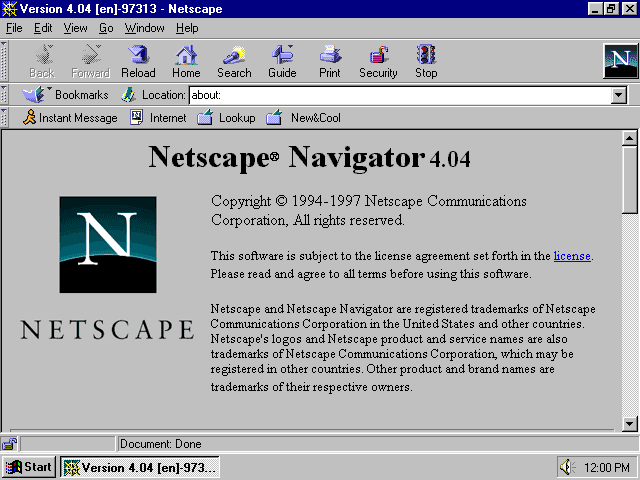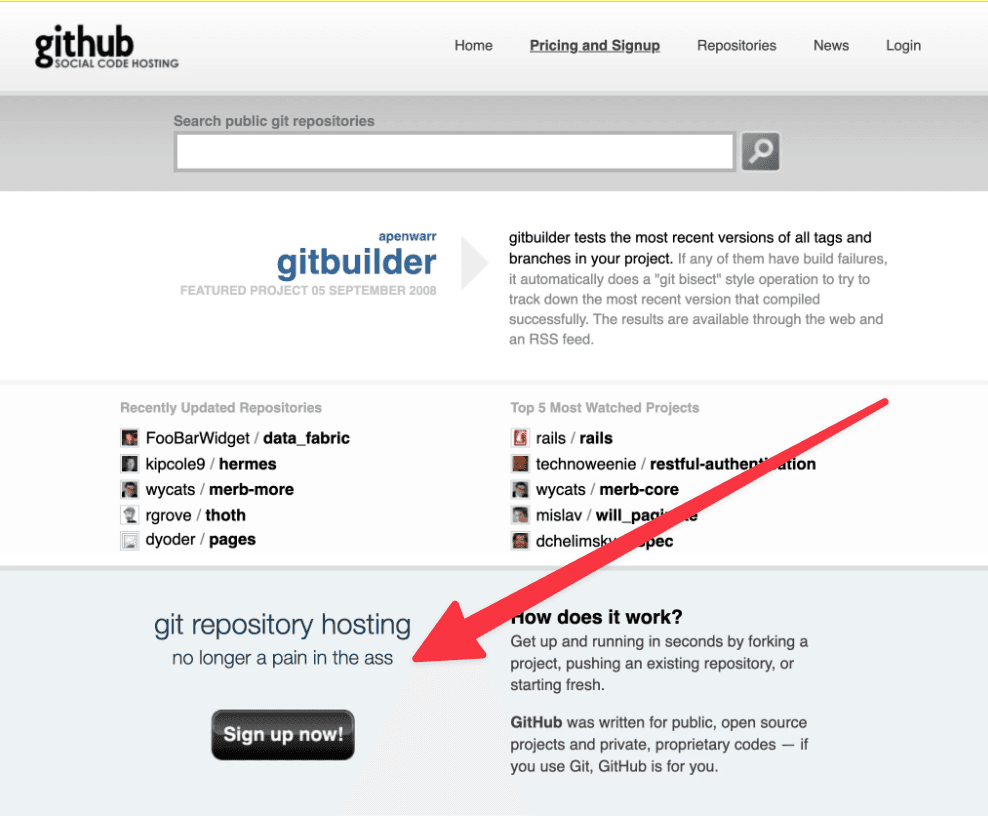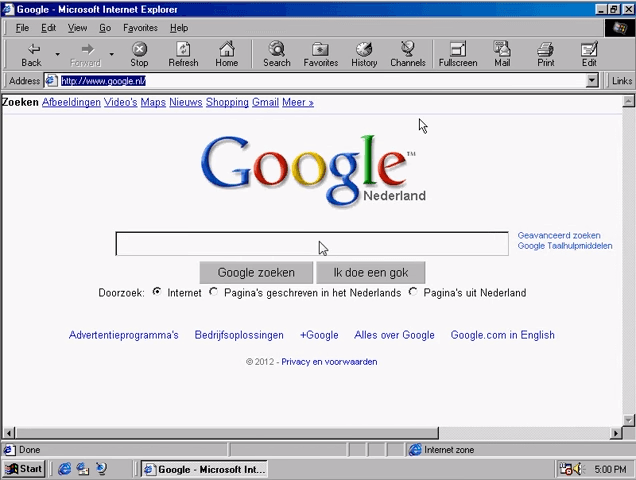The Birth of the World Wide Web
Tim Berners-Lee invents the World Wide Web at CERN, introducing HTML and the concept of linked documents. This fundamental innovation laid the groundwork for all web technologies that followed.
The First Website
The first website goes live at CERN. It was a simple, text-based page explaining the World Wide Web project. This marked the beginning of the web as we know it today.
The First Web Browser with GUI
Mosaic, the first web browser with a graphical user interface, is released. It revolutionized how people accessed and viewed web content, making the web accessible to the general public.
Netscape Navigator & Cookies
Netscape Navigator is launched, introducing HTTP cookies and sparking the browser wars with Microsoft.

W3C Founded
The World Wide Web Consortium (W3C) is established by Tim Berners-Lee to develop web standards. This organization would go on to standardize HTML, CSS, and many other web technologies.
PHP: The Birth of Server Preprocessing
PHP is released, introducing server-side scripting to web development. It marked a significant shift from static to dynamic web pages, allowing content to be generated on the server before being sent to the client.

JavaScript: Client-Side Scripting Arrives
Brendan Eich creates JavaScript (initially called Mocha) at Netscape. This revolutionary technology enabled interactive web pages and client-side scripting, fundamentally changing web development.

Java Applets Launched
Sun Microsystems releases Java Applets, allowing interactive programs within browsers, early multimedia efforts.
Flash Launched
Macromedia Flash introduces animations and interactive media on the web, dominating multimedia content for years.

CSS: Styling the Web
CSS Level 1 is released, separating presentation from structure in web documents. This separation of concerns became a fundamental principle of web development.

XML Released
W3C releases XML, enabling structured data exchange crucial for RSS, AJAX, and web services.
AJAX Precursor
Microsoft introduces the XMLHttpRequest object in Internet Explorer 5, laying the groundwork for what would later become AJAX. This was the first step toward asynchronous web communications.
Gmail and Web Applications
Gmail launches, demonstrating that complex applications could run in the browser. It showcased the potential of JavaScript and set new standards for web application development.

AJAX: Asynchronous Web Applications
AJAX (Asynchronous JavaScript and XML) gains popularity, enabling web applications to send and receive data asynchronously. This technology powered a new generation of interactive web applications.
jQuery: Simplifying JavaScript
jQuery is released, making JavaScript development more accessible and cross-browser compatible. It became the most popular JavaScript library and influenced modern JavaScript development.
iPhone Revolutionizes Mobile Web
Apple's iPhone popularizes mobile browsing, forcing responsive and mobile-first web design practices globally.

Chrome & V8 Engine Released
Google Chrome launches with V8 engine, massively improving JavaScript performance and enabling advanced web apps.
GitHub Launched
GitHub transforms software collaboration, becoming a central hub for web developers and open-source projects.

Node.js: JavaScript on the Server
Node.js is released, bringing JavaScript to server-side development. This enabled full-stack JavaScript development and introduced event-driven, non-blocking I/O.

AngularJS: The First Major JavaScript Framework
Google releases AngularJS, introducing two-way data binding and dependency injection to front-end development. It was one of the first comprehensive JavaScript frameworks.
React: Component-Based UI
React is released by Facebook, introducing a component-based approach to building user interfaces. Its virtual DOM and declarative programming model revolutionized front-end development.
WebPack: Module Bundling
Webpack is released, revolutionizing how web applications are built and bundled. It introduced sophisticated module bundling and asset management to web development.
ES6: Modern JavaScript
ECMAScript 2015 (ES6) is released, bringing major improvements to JavaScript including classes, modules, promises, and arrow functions. This marked the beginning of modern JavaScript.
Next.js: React Framework for Production
Next.js is released, bringing server-side rendering, static site generation, and other production-ready features to React applications. It represents a significant evolution in how we build and deploy web applications.

TypeScript Goes Mainstream
TypeScript's adoption skyrockets, introducing static typing and better tooling for scalable web applications.
WebAssembly Becomes W3C Standard
WebAssembly becomes an official web standard, enabling high-performance code from languages like C++ and Rust to run in the browser. This opened new possibilities for web applications.
HTTP/3: The Future of Web Protocol
HTTP/3 is introduced, built on QUIC protocol, promising faster and more reliable web communications. This new standard represents the future of web data transfer.
Flash Discontinued
Adobe officially ends Flash, marking a decisive shift towards open standards and improved web security.
Web Components: The Future of Reusable UI
Web Components gain widespread browser support, enabling truly reusable and encapsulated UI components using native web technologies. This marks a step toward more standardized component development.
React Server Components
React introduces Server Components, enabling rendering components on the server with zero client-side JavaScript. This represents a new approach to building performant web applications.

The Rise of Edge Computing
Edge computing becomes mainstream in web development, with platforms like Vercel and Cloudflare Workers enabling code execution closer to users. This marks a shift in how we think about server-side rendering.
Internet Explorer Retired
Microsoft retires Internet Explorer, closing the chapter on legacy browser compatibility issues.
